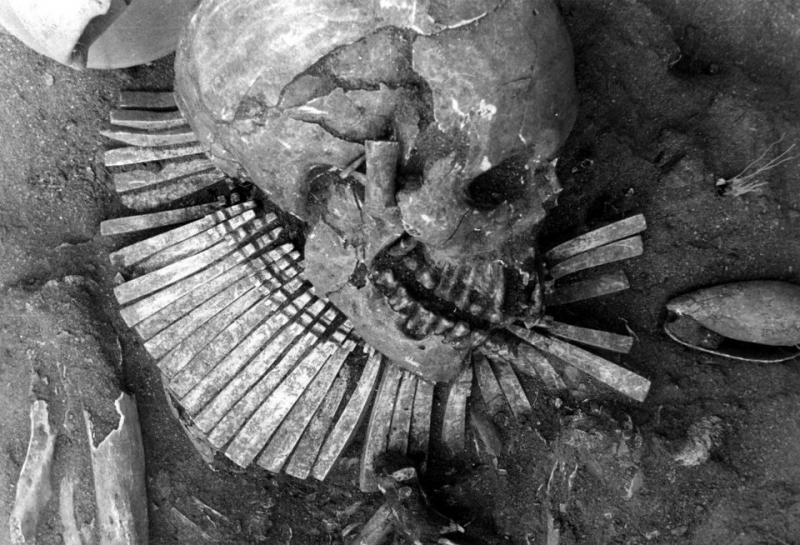New study questions violence in Pre-Colombia Panama

The Smithsonian Tropical Research Institute (STRI) has reexamined Playa Venado, an archeological site dating back to 500-900 A.D.
It has determined that the violence previously thought to have existed in Pre-Colombian Panama may have been exaggerated.
After the re-evaluation by Nicole E. Smith-Guzman and Richard Cooke, STRI published a report that has raised some questions about archeologist Samual K. Lathrop previous interpretation of the cemetery. With the help of archival documents, photographs, ethnohistoric accounts, and 77 skeletons preserved at Harvard University, a new understanding of what took place at Playa Venado is being revealed.
In 1954, Lathrop published an article with the STRI. It read “suicide, sacrifice and mutilations in burials at Venado Beach in Panama.” It was a declaration that went on to be cited more than 35 times as evidence of “violence, cannibalism and trophy decapitation in Pre-Colombia Panama,” explains Science Daily.
However, upon re-examination which took place only in 2018, Smith-Guzmán found that Panama’s per-Colombian history was probably less violent than previously believed.
“Spanish chroniclers detail violent cultural practices of the indigenous populations they encountered" Smith-Guzmán and Cooke write, and "these accounts of violent mortuary rituals may have influenced the interpretation of burials encountered in excavations [at Playa Venado], leading to claims of mutilations and sacrifice, with little to no evidence."
Today scientists are uncovering that what Spaniards saw and Lothrop interpreted would have likely been sensationalized. It is more likely that typical practices such as a secondary burial and cremation were taking place. After reconsideration, most of the wounds, previously considered to be a violently inflicted death, had signs of healing before the individuals had died. Furthermore, remains which had been preserved before a burial look to be a part of a larger ritual. So now, rather than an example of “violent death and careless deposition," researchers are concluding that "Playa Venado actually shows precolumbian societies respecting and caring for their kin after death."
“The uniform burial positioning and the absence of perimortem (around the time of death) trauma stands in contradiction to Lothrop’s interpretation of violent death at the site," said Smith-Guzmán. By using evidence from other Panamanian archaeological sites on burial rites as part of the investigation, the reevaluation found “low rates of trauma in general” contrary to what was previously recorded.
Guzman spoke to Lothrop’s misinterpretations of the archeological site highlighting the constant need of re-evaluation. He believes the misinterpretations are likely due to a combination of the era in which he studied, which was subject to “romantic archaeology”, and the methods of mortuary studies that existed in this era.
To Lothrop’s defense, the study of human remains from an archeological standpoint did not even exist until two decades after his work at Venado. So, it would have been difficult for him, even as a Harvard trained archaeologist, to study the burial site. However, Lothrop did get one thing right, that is careful documentation and the methods of in which he preserved the site are skeletons. His work is what makes the reevaluation possible.
With Lothrop’s contributions nearly 70 years ago, further studies, and new technology, scientists can now learn more about the site and reveal truths that will ultimately change the history of Panama.
Smith-Guzmán, N., & Cooke, R. (n.d.). INTERPERSONAL VIOLENCE AT PLAYA VENADO, PANAMA (550–850 AD): A REEVALUATION OF THE EVIDENCE. Latin American Antiquity, 1-18. doi:10.1017/laq.2018.48
Trending Tags
